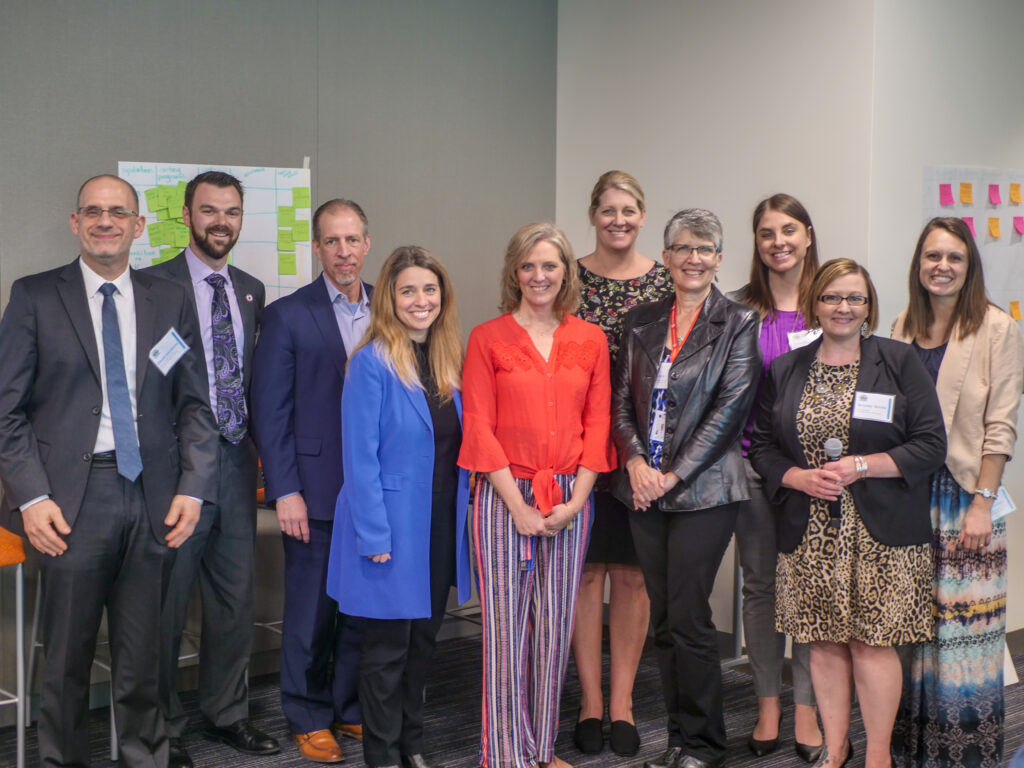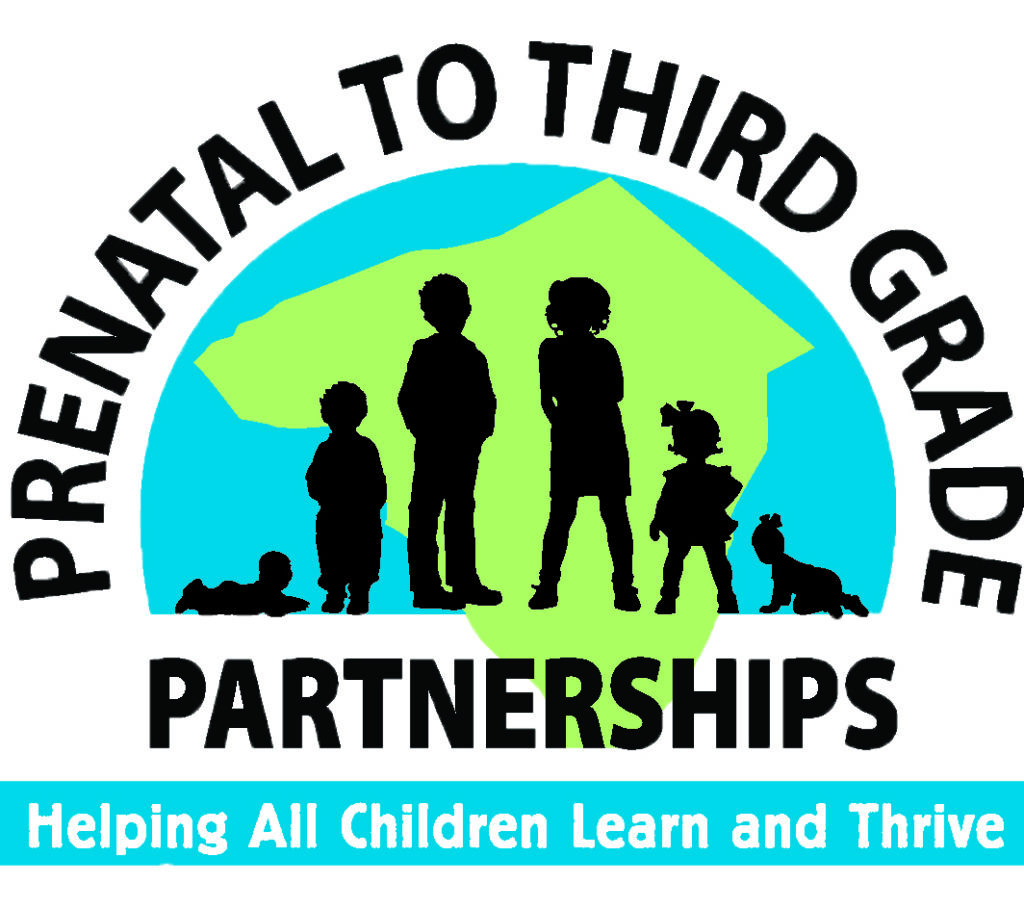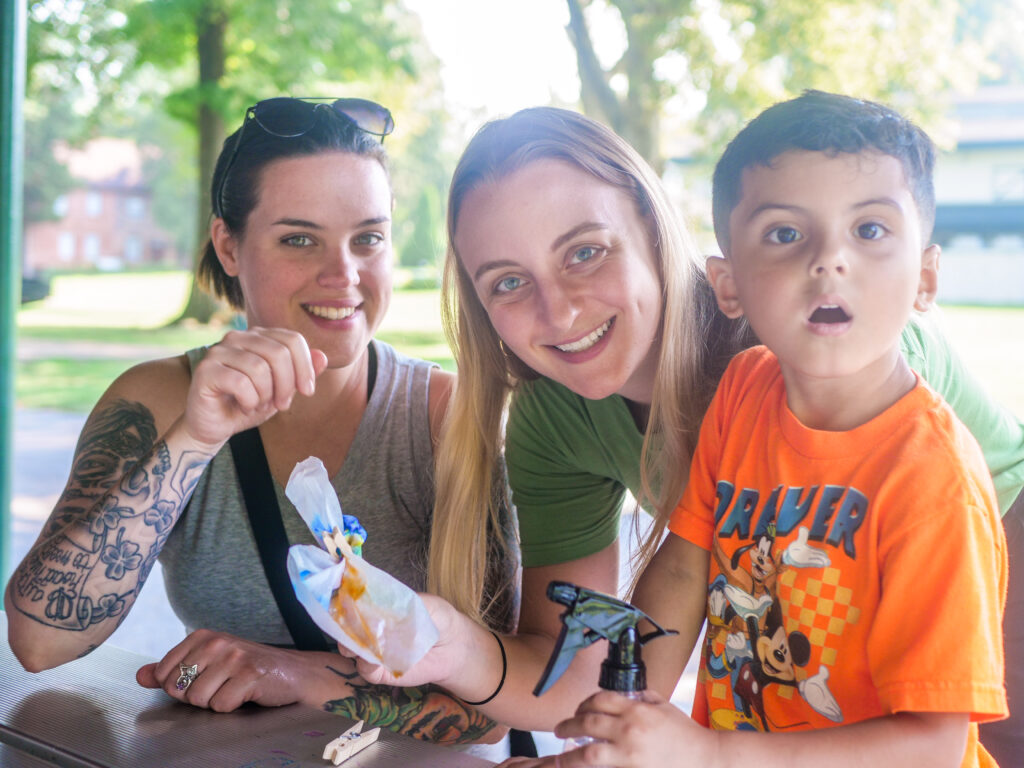What is a P-3 approach?
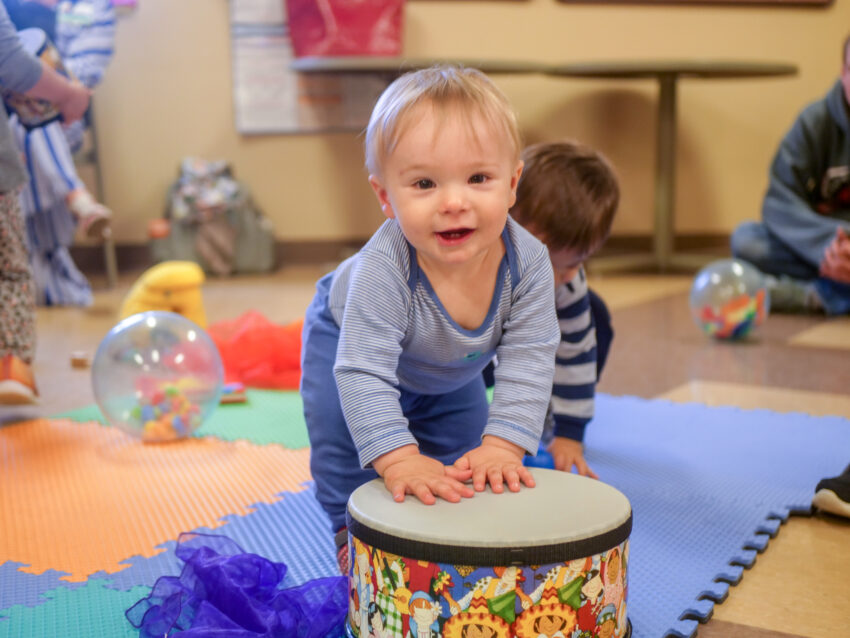
|
Prenatal to Third Grade Partnerships We know that to ensure a strong start, children need consistent quality across the systems and services they and their families experience during the first years of life. P-3 approaches build comprehensive systems to align the public and private programs that serve young children and their families, including education, health, and social- services.
Goals of P-3
Components Include:
P-3 in Action
For more information about P-3 Partnerships in Lancaster County, contact Amanda Burns at aburns@caplanc.org.
About the Community Action Partnership (CAP) of Lancaster County The Community Action Partnership is Lancaster County’s largest anti-poverty organization, helping low-income families move toward self-sufficiency. CAP’s service profile interrupts inter-generational poverty with programs that support families and individuals at every age and place in life, in the areas of education and child development, health and nutrition, household stability and safety and empowerment. For more information, visit www.caplanc.org.
|
